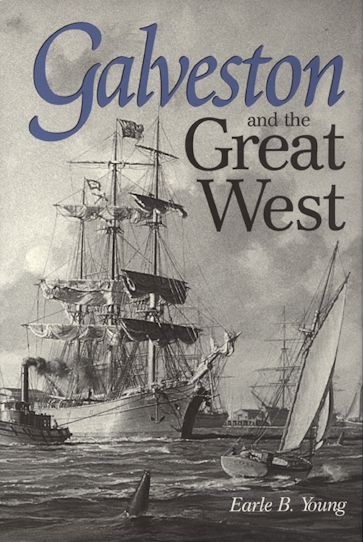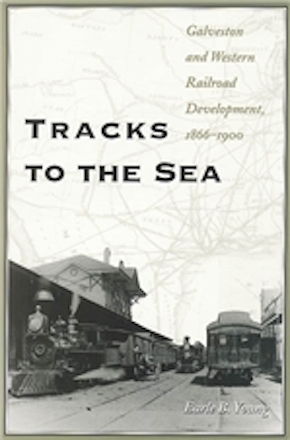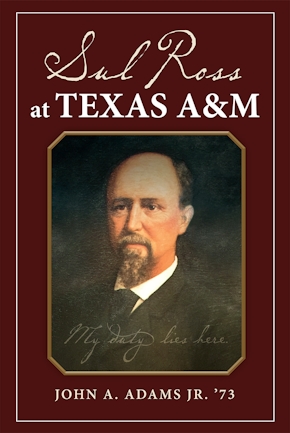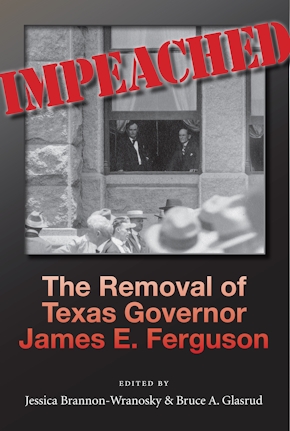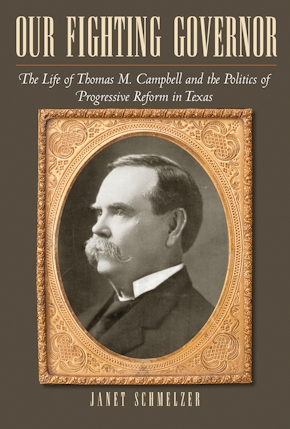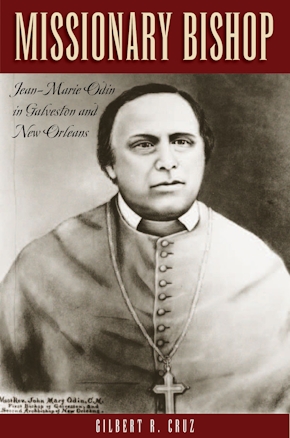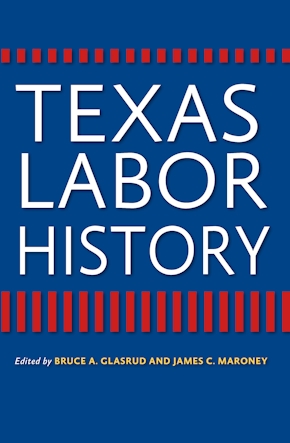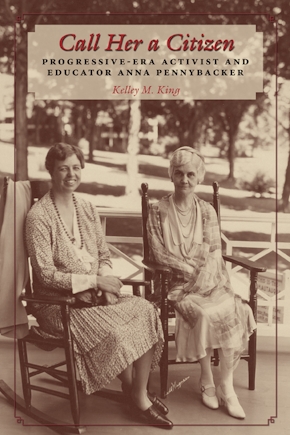Galveston and the Great West
978-0-89096-773-7 Cloth
6 x 9 x 0 in
256 pp. 12 b&w photos.
Pub Date: 09/01/1997
Available
BUY NOW
- Cloth $32.95
Galveston and the Great West traces Galveston's emergence as a key American port city: from its initial conception by risk-taking businessmen and daring civic leaders through the thirty-five years it took to realize the dreams of a world-class harbor capable of handling the largest ships afloat. Author Earle B. Young interweaves two major themes: the technology that was then being developed and employed in innovative ways and the personal role of entrepreneurs and engineers who together conceived the goals, made the plans, and eventually carried them out in spite of many obstacles.
Young tells the story of Galveston's technical and political struggles, such as engineering a twenty-five-foot-deep harbor channel and winning federal appropriations by enlisting the support of the Rocky Mountain and Plains states. He further shows how the technology—the jetties and the railroads—enabled Galveston to become the focal point of a land-sea transportation network that capitalized on Galveston's unique geographical position to serve the newly populated western regions of the continent.
Young's work at NASA has informed his deep understanding of and respect for the complexities of engineering feats and government involvement in technological matters. His thorough grasp of the dynamics of success and failure in an advanced engineering environment gave his investigation into Galveston's vibrant past a ready-made focus. The result is a lively and penetrating history of technology and transportation that will prove to be of interest to the general reader as well as to Texas and western historians.
Centennial Series of the Association of Former Students, Texas A&M University
About the Author
Published by Texas A&M University Press
